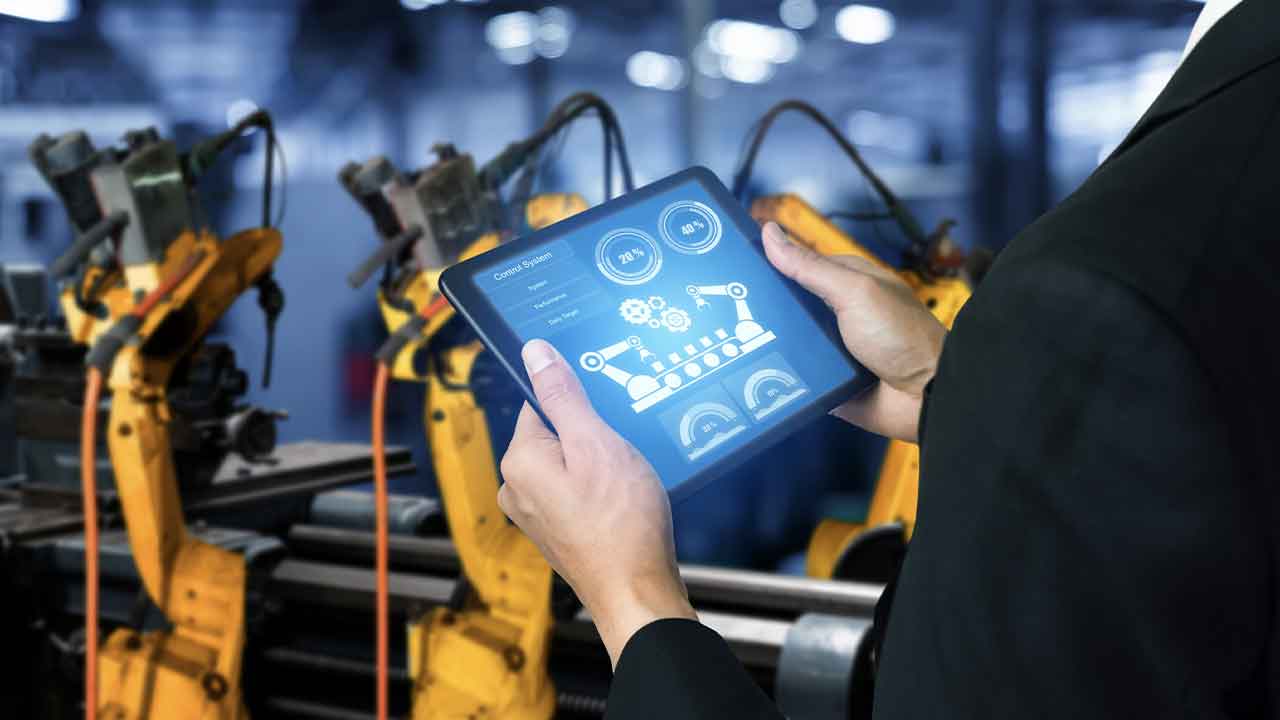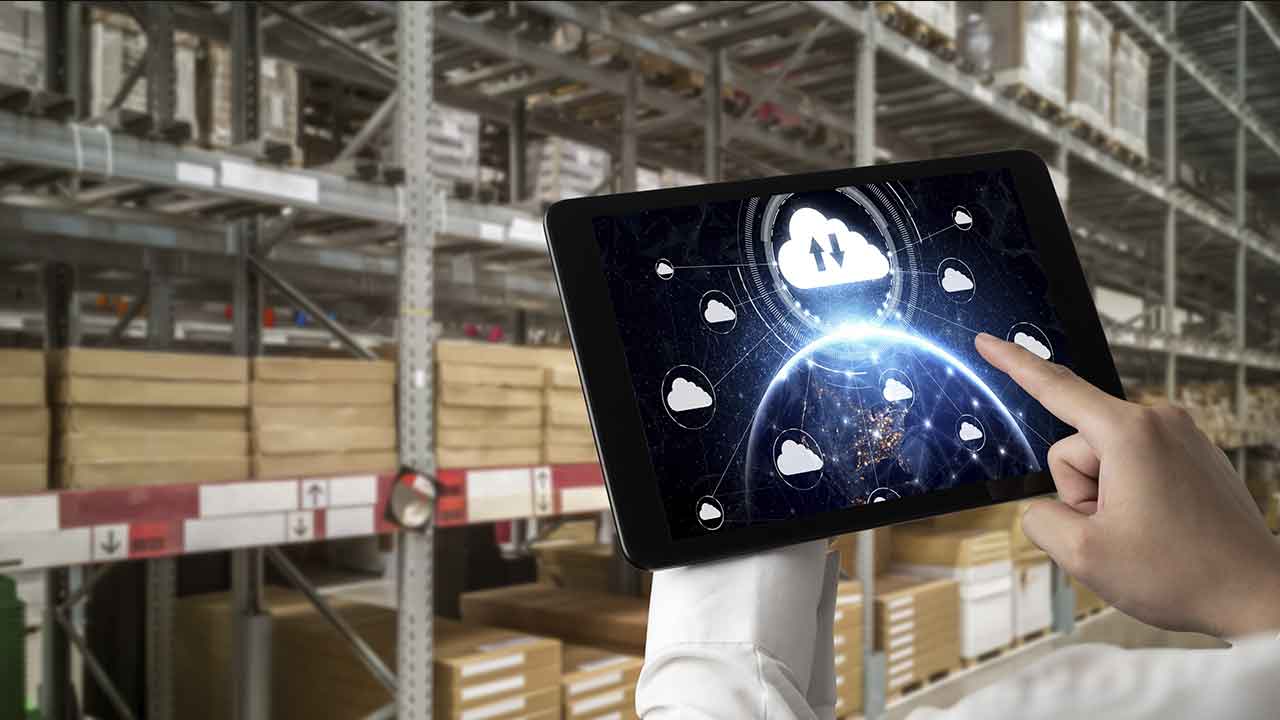Industrial IoT as Practical Digital Transformation
Industrial manufacturing organizations are increasingly motivated to seek value through connected systems. Yet few industrial IoT success stories contain enough details for showing others the way. Furthermore, statistics like “27% more efficient” or “19% productivity increase” are rarely meaningful or transferable to other businesses and vertical applications. Fortunately, one enterprise recently sat down to share details of their approach and experience toward successful digital transformation.
A Leading Equipment Manufacturer Changes Course with IoT
With customers around the globe, this industrial equipment provider is now leading the charge toward intelligent manufacturing. But it wasn’t always this way. For most of their 50 year history, the organization had prospered as a capital equipment company with a small services arm and aftermarket parts business. Then, the world began to change. First, international competition and technological advances meant more “good enough” options for their customers at lower price points. Commoditization loomed. Moreover, numerous independent operators and generic parts producers attacked service contracts and aftermarket opportunities. Second, a retiring electromechanical workforce threatened to break the chain of critical knowledge and experience required for developing and maintaining new and legacy equipment.
The company responded. To remain an industry leader for the next 50 years, they moved away from being a product selling company to becoming a solution selling company. This is the outcome of industrial IoT done well. Today, they provide connected equipment systems for production facilities across a wide range of industries. Four years ago, services and aftermarket activities represented only 40% of their business. That number is now 60%, with a target goal of 75% for total revenue contribution. Their adoption of industrial IoT is fundamentally shifting the types of revenue driving their future growth. Critically, IoT is strengthening each of their customer relationships and increasing overall revenue durability.
Their story proves how IoT isn’t really about data at all – it’s about empowering your people and your customers to achieve greater efficiency and create more value. It’s about connecting people and processes, and bringing together digital and physical systems to achieve better business results. It blurs the line between vendor and customer roles and across systems and silos, of both database and human varieties. As such, IoT can be complex and scary – though not nearly as terrifying as being locked out of the value chain entirely by your customers and more forward-thinking competitors.
Industrial IoT as Practical Digital Transformation
To navigate this journey in the face of both uncertainty and hype, their company leaders chose a measured approach of “practical” digital transformation. To begin, they adopted IoT through an iterative process of incremental value testing. Notably, they selected goals for increasing internal effectiveness rather than fixating on new customer offerings.
As a result, usage data from equipment inside customer facilities now empowers a more cost-effective services team and reduces truck rolls. Furthermore, understanding how their machines are operated in the field enables product teams to proactively identify problem areas and continuously improve their equipment offerings. Both use cases are internal rather than directly customer-facing. Yet it’s their customers who ultimately benefit from higher operational productivity enabled by these ever-smarter systems.
Moving forward, machine utilization numbers will better prepare sales teams for guiding customers toward systems best matching their true capacity needs, as well as inform warranty management issues. Connected systems create opportunities for exceeding customer expectations at every turn.
In recent years, many companies have cited lack of customer interest in IoT as a blocker for funding initial connected product initiatives. This is not surprising. Facility operators may not know what “IoT” means. But they’re all looking for ways to reduce unplanned downtime and increase productivity. As revealed, leveraging IoT to improve your internal processes provides external benefits to your customers, regardless of whether they understand the mechanism behind the results.
Real Value Creation Through Connected Product Solutions
In the eyes of company leadership, as well as those of their investors, real value creation is achieved through transformation from a historically capital intensive business to a solution selling enterprise – and from connecting their equipment more directly to their customers.
Somewhat paradoxically, increasing the availability of data for driving efficiency and utilization of capital is driving rapid consolidation of factory operations. Moreover, it’s causing a reduction of capital intensity inside their customers’ operations. However, while smarter machines may reduce the number needed inside each facility, they’re creating an inverse demand for additional services and support from the connected system provider, shifting revenue streams and reinforcing customer relationships.
This is huge. In many industries, aftermarket services, replacement parts, and consumables businesses are more lucrative for hardware providers than initial equipment sales. Furthermore, these services often have a greater impact on the customers’ business outcomes than the electromechanical properties of the machines themselves. It’s a win-win. Profits are increased for equipment vendors turned service providers through business transformation, while manufacturers realize similar gains through operational efficiency and greater productivity throughout their facilities.
A Fundamental Shift in a Changing World
To further this flywheel, the company is evolving their entire organization, from their engineering department and field services teams to their sales organization and go-to-market strategy. They understand that transforming from an electromechanical business to a solutions business is a fundamental shift not only in the skills required but also in the culture of the organization. It’s not just hiring a bunch of software engineers. It goes into how you interact with your customers at all levels.
Concluding, they offered a final bit of advice for equipment providers embarking on their own IoT journeys. Make sure you have the financial discipline to invest at levels sufficient for creating value year over year. Four years of investment in the hopes of one year of explosive growth is not sound strategy. That’s not how you win with industrial IoT. And it’s certainly not practical digital transformation. More about Challenges of Digital Transformation in Manufacturing
Originally this article was published here.
![]() This article was written by Marc Phillips, the Director of Marketing at Bright Wolf, a leading IoT technology provider and system integrator helping Fortune 1000 companies design, develop, and deploy Enterprise IoT systems and connected product solutions.
This article was written by Marc Phillips, the Director of Marketing at Bright Wolf, a leading IoT technology provider and system integrator helping Fortune 1000 companies design, develop, and deploy Enterprise IoT systems and connected product solutions.



